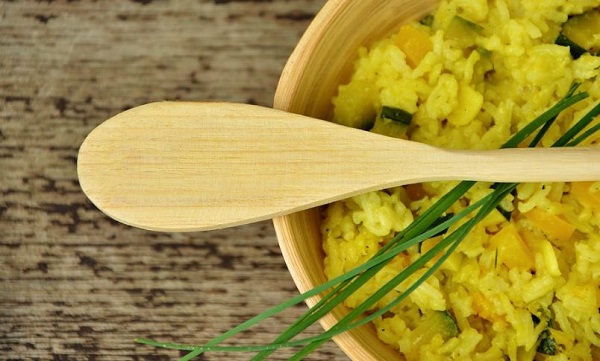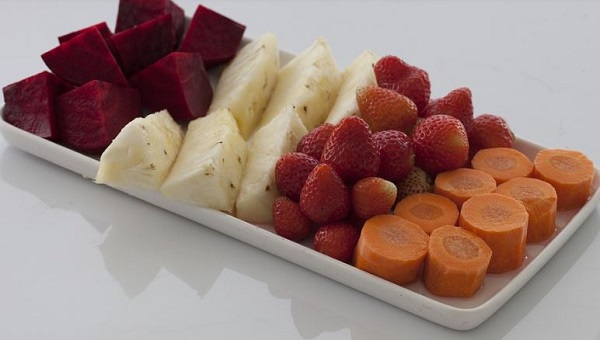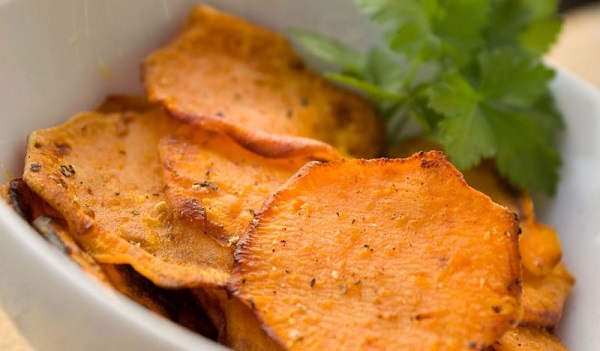
Halloween is behind us, and Christmas is before us. 2016 has whizzed by and, as we begin to brace ourselves for the winter ahead, here are some tips on nutritious foods to incorporate into your diet over the next few weeks and months.
Legumes
Rich in important nutrients like fibre and protein, legumes - such as kidney, garbanzo, and pinto beans, lentils, and white and black beans - are a tasty addition to winter soups and stews. I prefer to add legumes to meals than base my meal around them. Adding legumes to salads, soups, stir-fry's, etc. is a great way of boosting your nutritional intake.
Gourds and squashes
Pumpkin, acorn, butternut, kabocha, and delicata squash are all at their prime during autumn and winter. Golden squash flesh is loaded with healthy goodness like carotenoids, Vitamin A, and potassium. My favourite is butternut squash and pumpkin and they are ideal in soups and curries.
Beetroots
Sweet, earthy, and deep red, beets are pretty unique in the vegetable aisle. Beets contain antioxidants called betalains, which can help support immunity. They’re also rich in vitamins A, B, C as well as potassium and folate. They’re also a natural source of sugar, so a good source of energy!

Celeriac
Celeriac is probably the ugly duckling of winter produce. But, beyond the odd exterior, celeriac boasts a tasty, subtle flavour — somewhere between parsley and celery — and a hearty texture. It’s low in calories, high in fibre, and rich in vitamin C (a powerful antioxidant) and phosphorus (which contributes to strong bones and teeth).
Turnips and rutabagas
These purple-and-white bulbs might look like potatoes, but they’re actually related to cabbage, broccoli, and cauliflower. They boast the same nutritional perks as other cruciferous veggies (namely cancer-fighting glucosinolates, vitamins C and K, folate, potassium, fibre, and calcium), plus their slightly sweet taste is a bonus to nearly any dish
Sweet potato
Sweet potatoes are incredibly versatile and so easy to prepare. These orange-hued delights are loaded with fibre, beta-carotene, vitamins A and C, and antioxidants. Plus, since they’re fairly low on the glycemic index, they’re great for filling up without getting weighed down.

My Risotto recipe
(serves 3-4 people )
Ingredients:
- 300g dry Arborio rice
- 900ml stock (pre-made, bought or 1 stock cube made in 900ml boiling water)
- 1 small red onion diced
- 2 cloves garlic
- 2 tablespoons olive oil
- 4 mushrooms sliced
- Pinch Saffron
- 1 small pumpkin or squash (250-400gr)
- Handful fresh parsley/basil
- Pinch smoke paprika

Method:
- Preheat oven to 180c.
- Boil the kettle and make up your stock with a cube or heat pre-prepared stock. If you're using the stock cube, then place it in the 900ml of boiling water and set aside.
- Cut your pumpkin into small chunks and place on a baking tray in the oven for 15-20 minutes, making sure to scrape out the seeds. It's okay to eat the skin, it's very nutritious!!
- Heat 2 tablespoons of olive oil or similar oil/butter in a large pan.
- Crush two cloves of garlic, dice your onion, and add them to your pan.
- Slice mushrooms and add to the pan
- Weigh out 300g dry weight of arborio rice and add to your pan, coating the rice with the onion and mushrooms.
- Add your stock in 8 ladle additions, waiting for the liquid from each ladle to be absorbed by the rice before adding your next ladle. Make sure to stir consistently to ensure even cooking.
- Add a pinch or saffron or smoked paprika if not available to you.
- Add fresh basil, parley or sage. Whatever fresh herbs you have to hand, add them in!! There's a huge amount of micro nutrients in fresh herbs.
- The risotto should be cooked through with all of the liquid absorbed before serving, this should take 30 minutes or so!








